Last month ASUS had announced their budget and affordable Zenfone, the ASUS Zenfone Go (ZC500TG) priced at Rs 7999. The Zenfone Go is a budget device with impressive specs similar to the competition. The device will be the cheapest Zenfone available right now in India and comes with 5 inch HD (1280 X 720p) IPS display, sporting a pixel density of 294ppi. The phone is powered by 1.3 GHz MediaTek MT6580 Quad Core Processor with 2GB RAM.
There is also 8GB of Internal storage which is expandable to 64GB via micro SD card. Here is the detailed review of the phone.
Related Reading: ASUS Zenfone Go Unboxing
Design and Build:
Design wise, ASUS has retained the design elements from the Zenfone 2. The phone also has a lot of resemblance to Zenfone 5 launched last year and was the most popular Zenfone till date. The front panel does not feature any change and comes with the three capacitive buttons and the finish below it. The rear panel has a curved finish and the device is slime towards the edges. It also comes in plastic with a matte finish unlike the brushed metal feel of Zenfone 2 since this phone is a budget device. The matte finish rear panel resembles more like the Zenfone 2 Laser. Since the device is slim towards the edges, so holding it is pretty easy and the thickness goes over 10mm at the center.
At 135gms, it is not the lightest nor the heaviest 5-inch budget device.
The phone has power and volume keys on the right side, 3.5mm audio jack on the top and the micro USB charging slot at the bottom. The rear panel houses the 8MP camera, LED flash, Zenfone logo and also the speaker unit located at the bottom. Overall, considering the price point, the build quality is good.
Display:
Display has been one of the strong points of Zenfone 2 Laser and the same holds true for Zenfone Go as well. The Zenfone Go features a 5.0 inch HD display (1280 x 720p) IPS LCD display and anti-fingerprint technology. While there is no protection on the display, it is pretty smooth as well. Touch response was good and the colors looked vivid. The sharpness levels are also impressive for a budget device.
Overall, the display looks quite good, but let down by the lack of Corning Gorilla glass protection.
Software:
Zenfone Go comes with Android 5.1 with the custom Zen UI. When we reviewed the Zenfone 5 last year, we did mention Zen UI is one of the usable ROMs on Android. There isn’t much change in the Zen UI on Lollipop-powered Zenfone Go when compared to the previous version. The notification center is a completely customized and sports almost all quick toggles which is customizable. Unlike most of the Chinese based ROMs, there is an app drawer in Zenfone 2 and it also comes with quite a lot of options to organize the apps.
There is smart grouping available where in you can automatically sort apps based on category. The settings menu also comes with a customized look and the phone runs Android 5.0. There are quite a lot of additional options included by ASUS.
The phone also feature a handful of gestures including double tap to wake, double tap to sleep, screen gestures to open apps and also motion gestures. Unlike the Zen UI found on Zenfone 2 series, the Zenfone Go lacks a lot of additional options. UI is mostly responsive and we seldom faced any lags or issues, but the biggest issue with Zenfone Go is the amount of bloatwares the phone ships with. There are lots of third party unwanted apps included in the UI which we feel ASUS should have excluded.
Performance:
While the Zenfone series right from the first generation, have been running on Intel Atom processors, ASUS shifted to Snapdragon 410 on Zenfone 2 Laser. Now the Zenfone Go is powered by a Mediatek chipset, the Quad-core MT6580 which is clocked at 1.3Ghz. It is coupled with 2GB RAM.
The performance of Zenfone Go was quite good and we never encountered any lags or crashes in the normal usage. But if you push the device harder with heavy RAM consuming apps and games, you can see some lag when switching between them. Multitasking was also good and it is implemented the Lollipop way. The phone comes with 8GB internal storage and out of which 4GB is available in the first boot. You can also expand the storage via micro SD card and change the default write disk to SD card.
The gaming experience of the device was decent with the 5.0 inch HD display frame skips while playing them. You can play most of the high-end games without many issues. The call quality on the device was good and we never experienced any call drops and the signal strength was good. The rear speaker performance was decent, but the output wasn’t the best when you increase the volume.
One of the major issues with the phone is that it does not support 4G LTE. While most of the OEMs have included 4G even in the budget segment, ASUS has gone with 3G support. So if you are looking for 4G device, this shouldn’t be your choice.
Camera:
Zenfone Go features an 8MP rear camera with LED flash and front-facing 2MP camera. The camera interface is mostly unchanged and comes with a plethora of options and modes including night mode, HDR, low light, depth of field, panorama, effects and more. The interface is fairly decent and easy to use. The manual mode from Zenfone 2 series is missing probably because this is a cheaper phone.
While the camera was one of the strong points of Zenfone 5 releases last year, we were disappointed with the quality of photos on Zenfone Go. While the colors and contrast looked decent, the sharpness levels are way too low and edges of the photos are blurry and if you zoom in you can see they are quite noisy. The same goes with the full HD video recording and the quality is pretty poor. The front facing camera is just 2MP and will not get your great selfies and it is a lot noisy than the competition. ASUS had released a major update for the Zenfone Go with better camera performance, but even after the update, we didn’t notice any major change in the quality. Here are some of the samples taken with the device.
Battery Life:
The Zenfone Go comes with a 2070mAh battery and in our tests, the battery performance was decent. With casual usage (includes social networking apps, browser, a bit of gaming, calls) we could get a day of usage with the device. ASUS’s move from Intel chipset has made good progress in the battery department. But one feature missing in The Zenfone Go is the battery profiles and you do not have any options like different battery modes. As we said before, this is a stripped down variant of Zen UI.
Verdict:
Priced at Rs 7999, the Zenfone Go offers decent display, software, and performance. But what is missing in this phone is the 4G LTE support and also let down by the poor camera experience. The Redmi 2 Prime and Yuphoria offers better specs and is priced 1k cheaper than Zenfone Go.



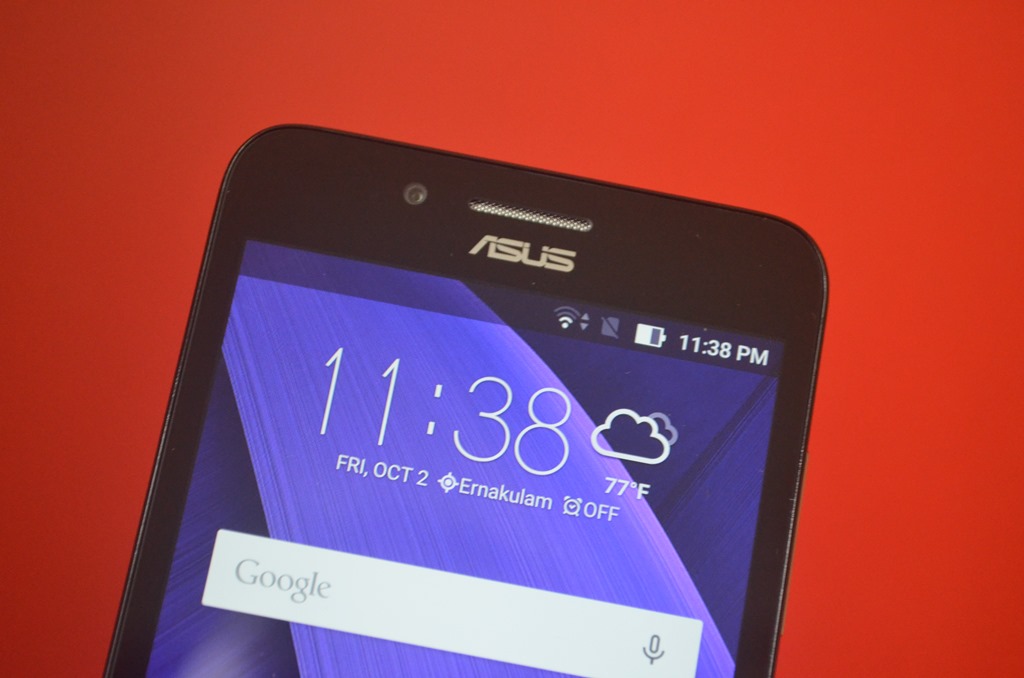
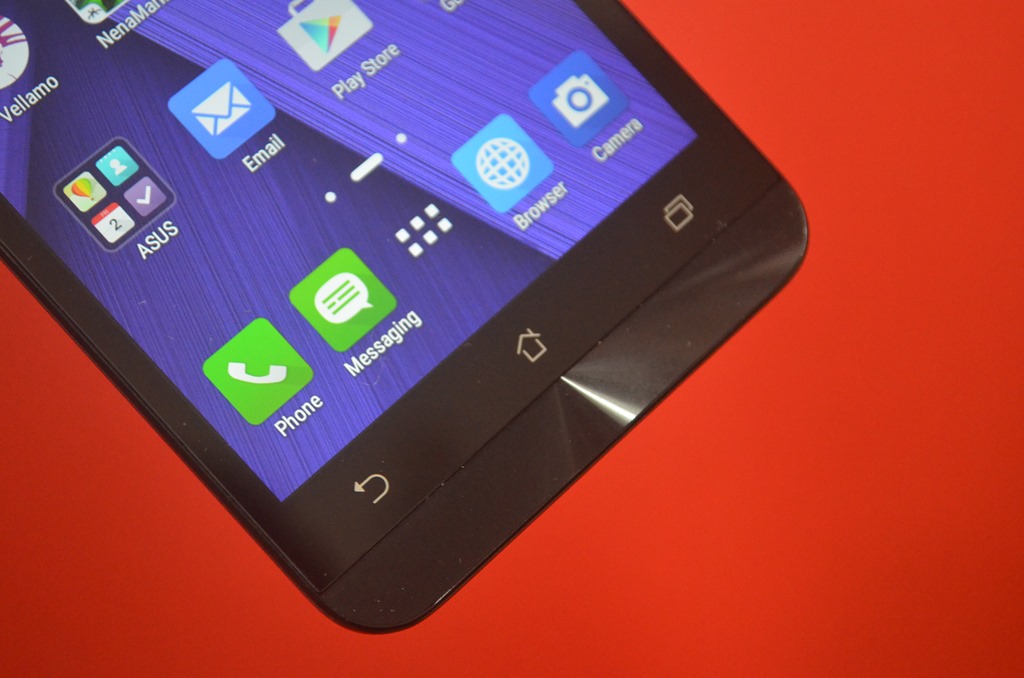


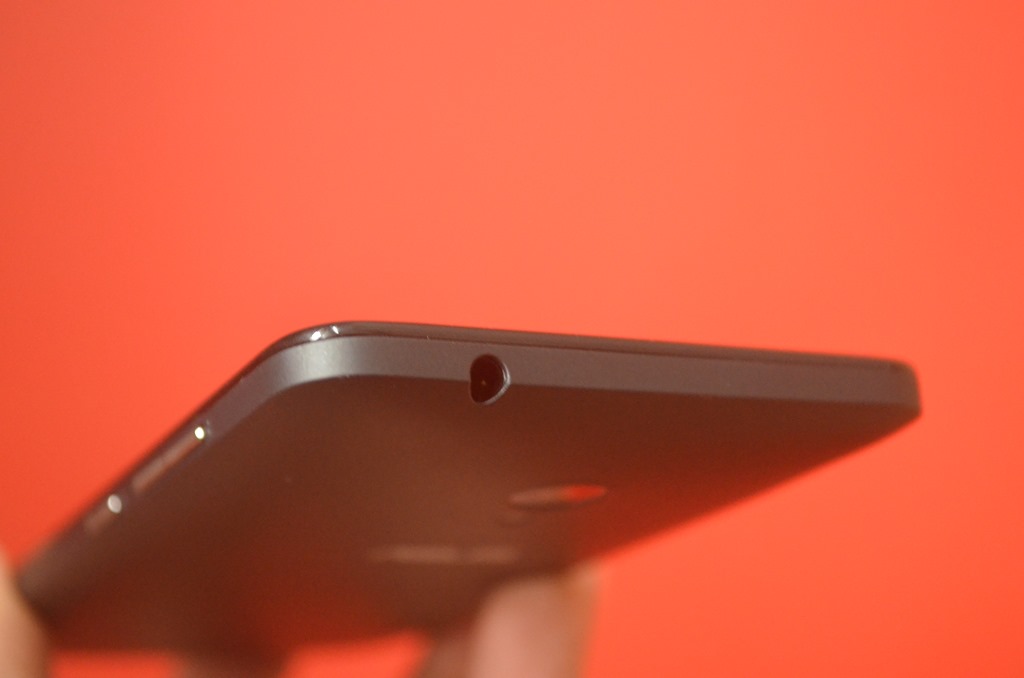



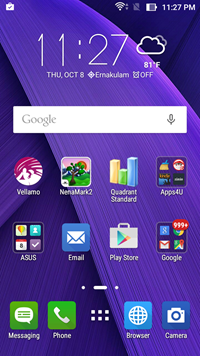
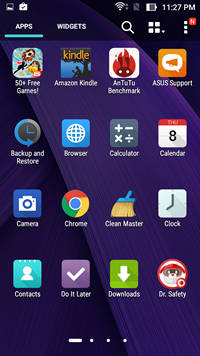
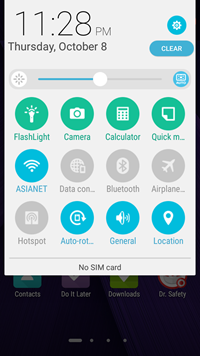

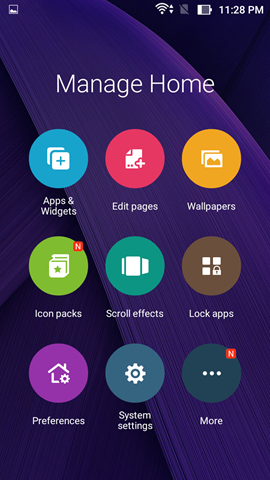

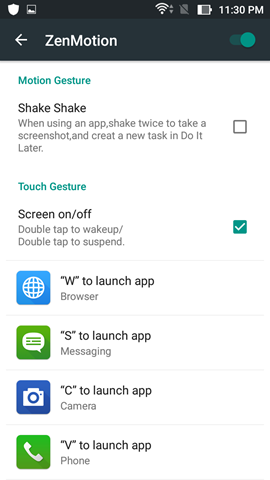
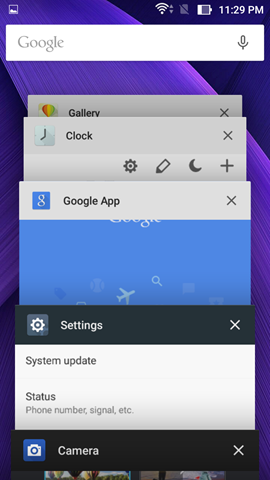
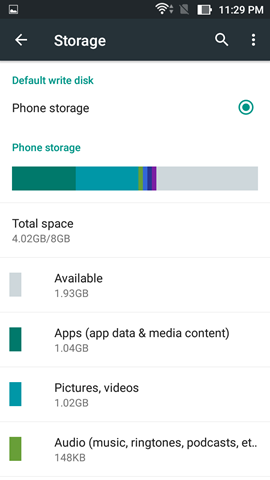


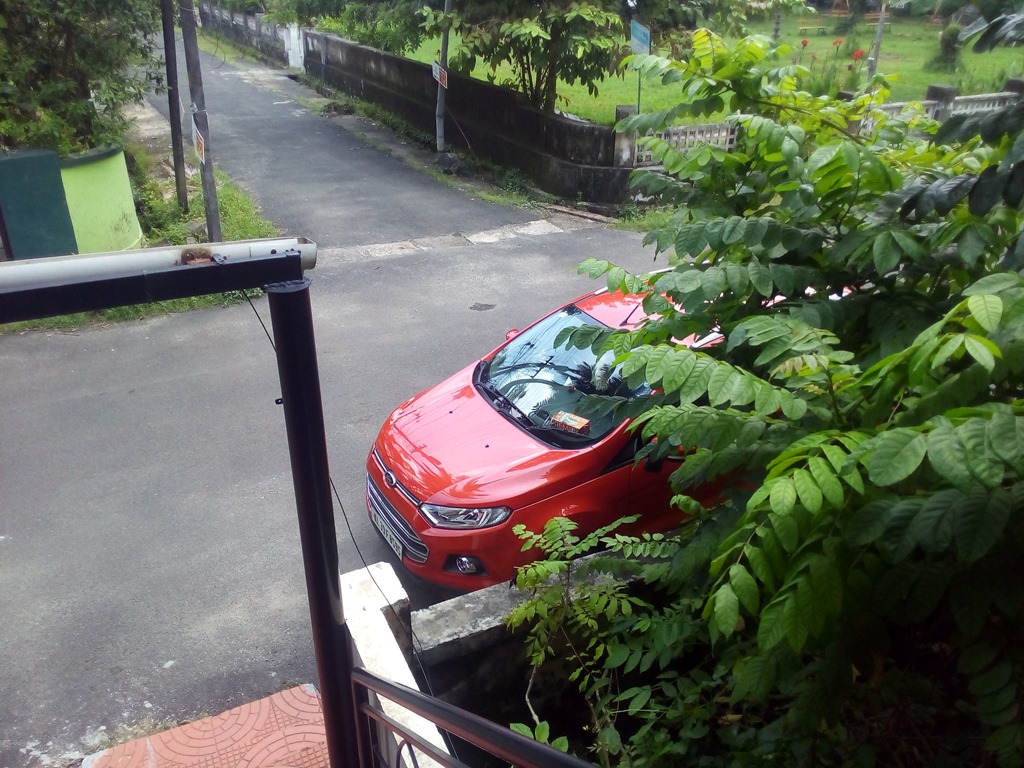
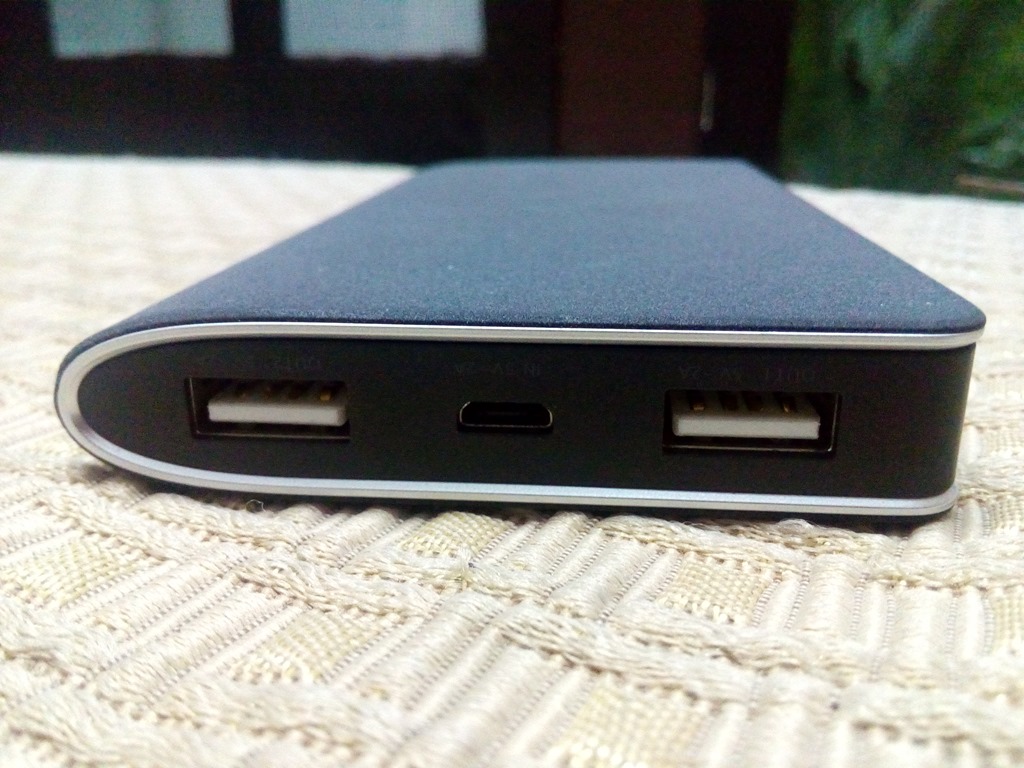




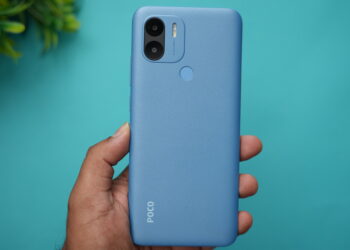
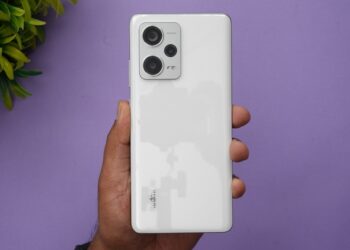
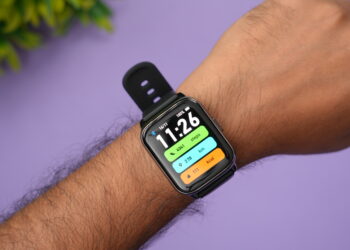
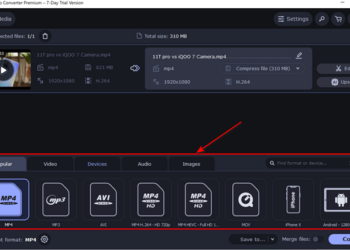
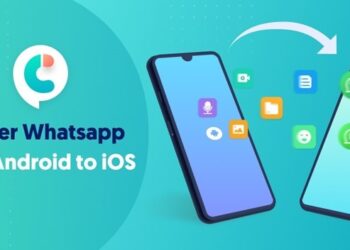

sir is it good to buy asus zenfone go for camera,and whats the exact price of asus zefone go wish to knew it the exact price
Hey there, question. Mine is labeled as 8gb internal memory, but like you mention only 4.02 gb is available, after downloading all my apps there is no storage left, how do I access to other 4gb?
Out of the 8GB, only 4GB is user available and the rest is used by System files including OS. So you cannot use it. You will need to buy an SD card and expand the storage.
THIS PHONE ISSUE IS CALL WAITING NOT available so update the setting
Hey there, question. I purchase this mobile yesterday but there is showing only 4GB Inernal memory.
sir,
is it good for gaming occasionally and multitasking (zenfone go 16gb variant)
i donot need camera .
please reply